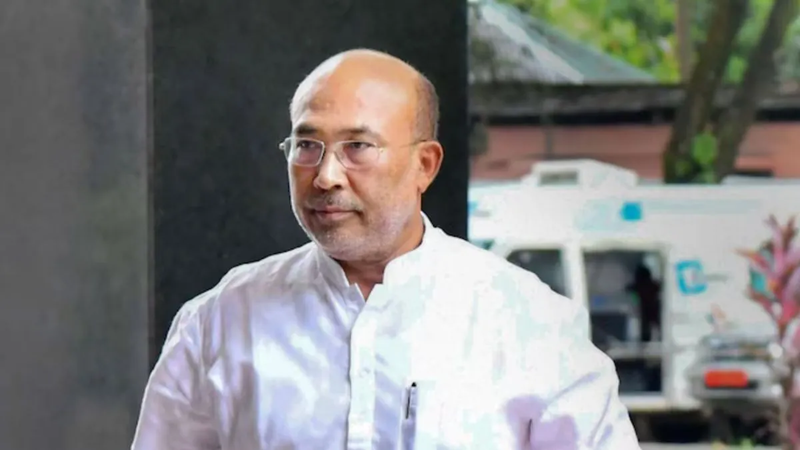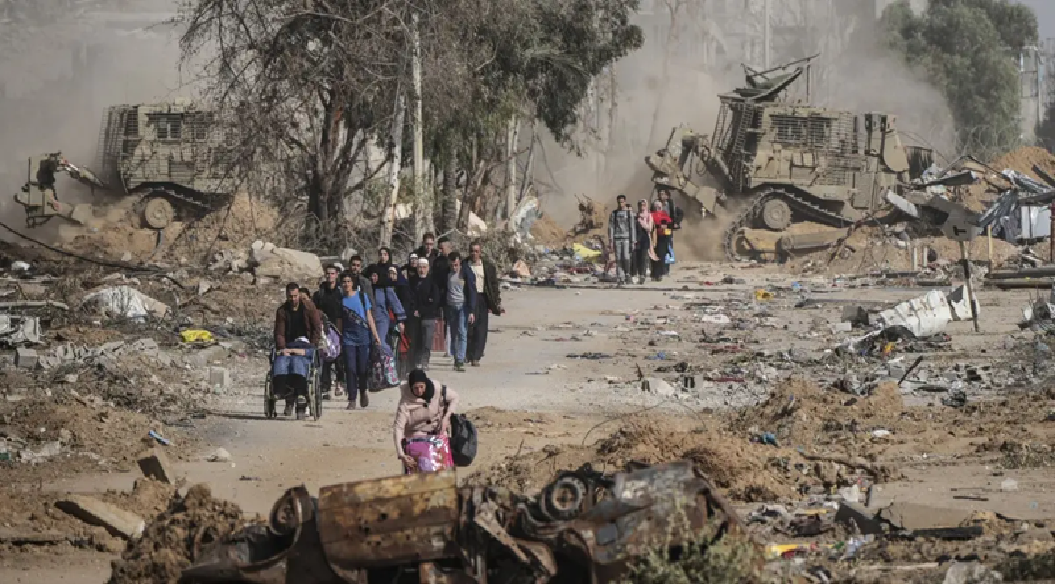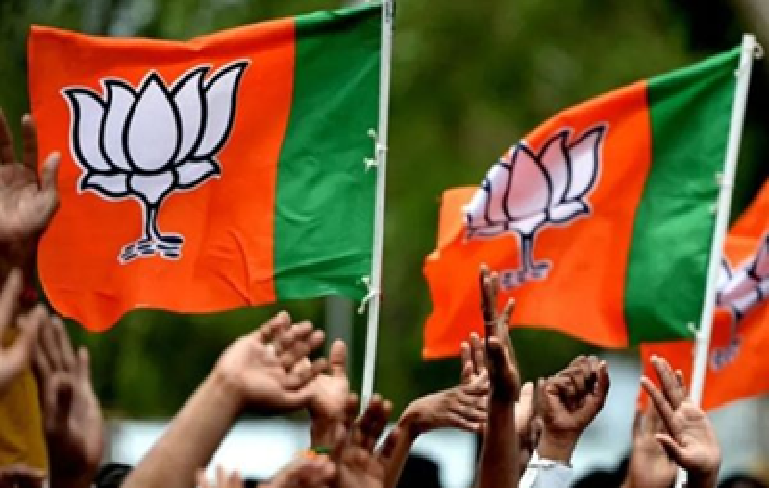
History writing and social harmony
Darul Uloom Ahmadia Salafia, located in north Bihar’s Darbhanga district will be holding a colloquium on November 4-5 on looming threat to social harmony.
I too have been invited to participate in it along with several others from across the country. I have largely looked at it from a historical point of view.
It is my firm view that social harmony has much to do with history writing. How do we understand the past is closely linked to the politics of the present? That is why someone has beautifully put it that all histories are contemporary histories.
How we look at our past has a direct bearing on the social fabric. Is India a multicultural society? Or is it a home of the people who come from a particular religion and the rest of the people are “less-nationalist”, if not “anti-national”?
These questions are critical and we cannot ignore them. Unfortunately, the current Hindutva regime is doing everything to rewrite history and distorting our past.
It is trying to paint India’s history in one colour. Look at the double standard: the drive to saffronise history is projected as the nationalization of the past and the injecting of a sense of pride among the Indians.
But such an act is an attempt to erase the history of minorities, Dalits, Adivasis, lower castes and women.
The saffronisation of the history project could have been ignored if it were the eccentricity of a few people or an organisation. But we cannot afford to ignore it for the simple reason that it is backed by the state machinery.
The project envisages rewriting of history from the RSS point of view. It is being sponsored by the taxpayers’ money. We cannot afford to get our child’s mind communalized.
Since our children deserve to know the correct and critical history of India, we need to oppose all kinds of hateful campaigns. Much damage has already been done.
The Hindutva forces have deleted a large portion of the contents from the NCERT textbooks. They did it because they want children to learn anything that goes against their narrow and sectarian narrative.
They have no regard for the philosophers of history who have often asked for learning of all dimensions of the truth. Since truth is a contested concept, it can be better grasped if the researcher gets to know all conflicting views.
But the RSS wants our children to have a blinkered view of history. It is trying to present a bald generalization. It does not dare to engage with its opponents with facts and logic. Instead of telling all sides of the story, it believes in retaining one and deleting all others.
It is trying everything to rewrite the complex history of India into a simple narrative. The RSS makes the mistake of looking at the past from the eyes of the present. The RSS was formed in 1925 and since then it has spoken in forked tongues.
For political reasons, it demonized leaders in their lives and after their death, it was quick to appropriate them. A classic example of this would be Gandhi. Critical historical writing exposes the politics of the RSS and that is why it is afraid of it.
Instead, it indulges in bald generalization and calls one aspect of the truth as the only truth. The Hindutva forces know very well that they can only rule over the country for a long time if they manage to convert the democratic majority into a communal majority.
The democratic majority’s equation with the time keeps changing. But the communal majority is dangerous and threatens the social harmony as it is embedded into the communal ground.
The politics of communal majority gets further consolidated by distorting history. It gets further strengthened by telling the people communal history. While writing history, we need to look for social and economic processes rather than considering political history as the beginning and end of history.
We must keep in mind that political history is largely the story of the elites, while social and economic history is the account of people, their lives, and their conflictual relations with the dominant sections of the society.
Texts are important but they must be read along with material and archaeological sources. Much of communal history is the result of limiting our approach to political upheavals and looking at the fights among rulers from a religious point of view.
But such an approach often misleads us. For example, during the medieval period, the Mughals were rulers in north India and they were Muslims by faith. But it is also a historical fact that their co-religionists peasants as well as Hindu peasants were forced to pay huge taxes, while the elite Hindus were part of the ruling coalition.
India is such a big country with varied cultures and geographical
 English daily published in Bengaluru & Doha
English daily published in Bengaluru & Doha






